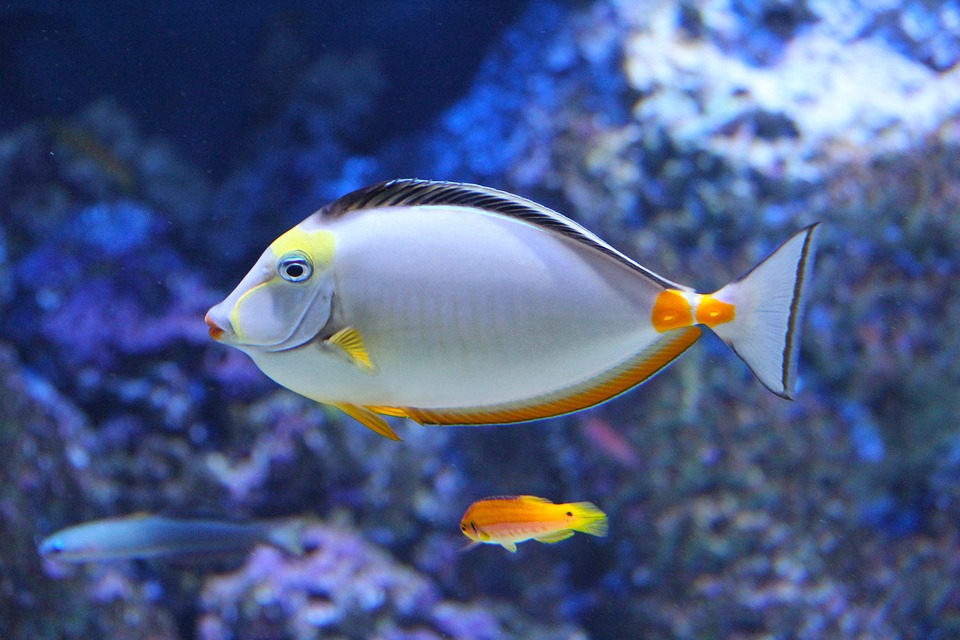Nonhuman animals, or animals, have a fascinating way of communicating with each other through sounds, smells, visual signals, and various combinations of these elements. Dr. Arik Kershenbaum, in his captivating new book titled „Why Animals Talk: The New Science of Animal Communication,“ delves into the world of vocal communication in the animal kingdom. From the majestic howls of wolves to the enchanting chatter of parrots, the melodic clicks of dolphins, and the spirited grunts of chimpanzees, animals have a diverse and intricate way of „talking“ with one another.
In the wild, there exists a vast and intricate „internet of animals,“ where animals not only communicate with members of their own species but also with individuals of other species. Arik’s book, based on the latest scientific research and filled with wonderful stories, is a highly educational read that sheds light on the complex world of animal communication. It challenges readers to rethink their understanding of animals and their behaviors.
In an interview with Dr. Arik Kershenbaum, he shares his motivation for writing „Why Animals Talk.“ He explains that his work with animals in the wild has led him to ponder the diversity of animal behaviors and the reasons behind their vocalizations. By studying animal vocal communication, he aims to understand who animals are and what they are thinking. His book relates to his core interest in vocal communication in wild animals and how it ties into conservation efforts.
One of the main themes of the book is the relationship between animal talk and animal societies. The signals that animals use to communicate reflect the nature of their social interactions, whether they belong to small family groups like gibbons or wolves, large loose affiliations like hyraxes, or complex multilayered societies like dolphins or chimpanzees. Understanding animal communication means understanding their social relationships and the context in which they evolved.
Dr. Kershenbaum also touches on the question of what constitutes a language and whether animals other than humans possess such an ability. While all animals communicate, the ability to use language in the same way humans do is a complex and challenging question. Through his book, he explores the different elements of language ability in various species and how our own language may have evolved.
By sharing anecdotes from his fieldwork and painting a vivid picture of animal social interactions, Dr. Kershenbaum’s book offers a unique perspective on why animals talk. It takes readers on a journey into the world of these incredible creatures, showcasing the role of communication in their lives and interactions.
Ultimately, Dr. Kershenbaum hopes that as people learn more about animal communication, it will increase their appreciation for the cognitive and emotional lives of animals. The link between cognition, emotion, and communication is crucial in understanding who animals are and how they navigate their world. By unraveling the complexities of animal communication, we not only gain insight into the animal kingdom but also learn more about ourselves and our place in the natural world.





